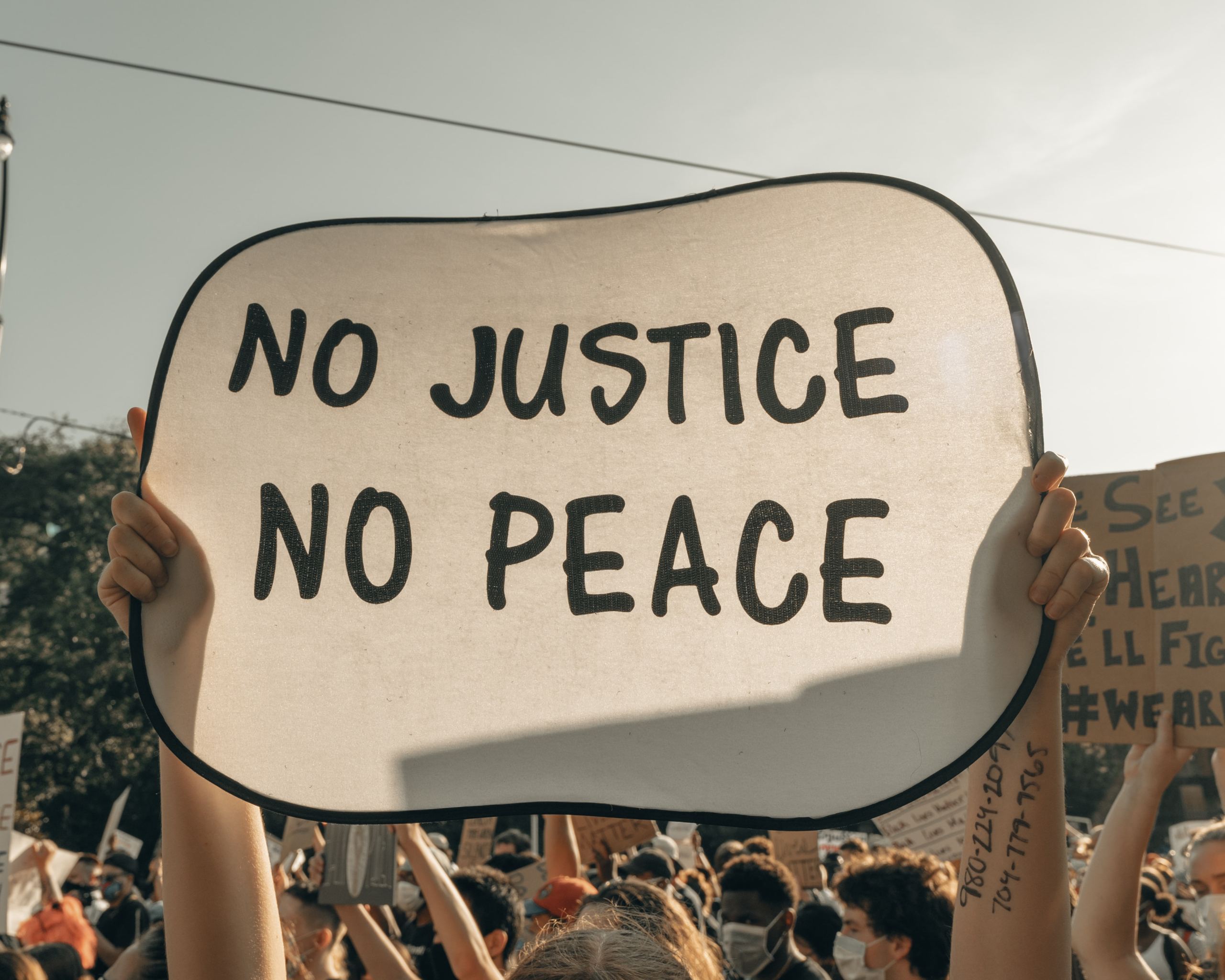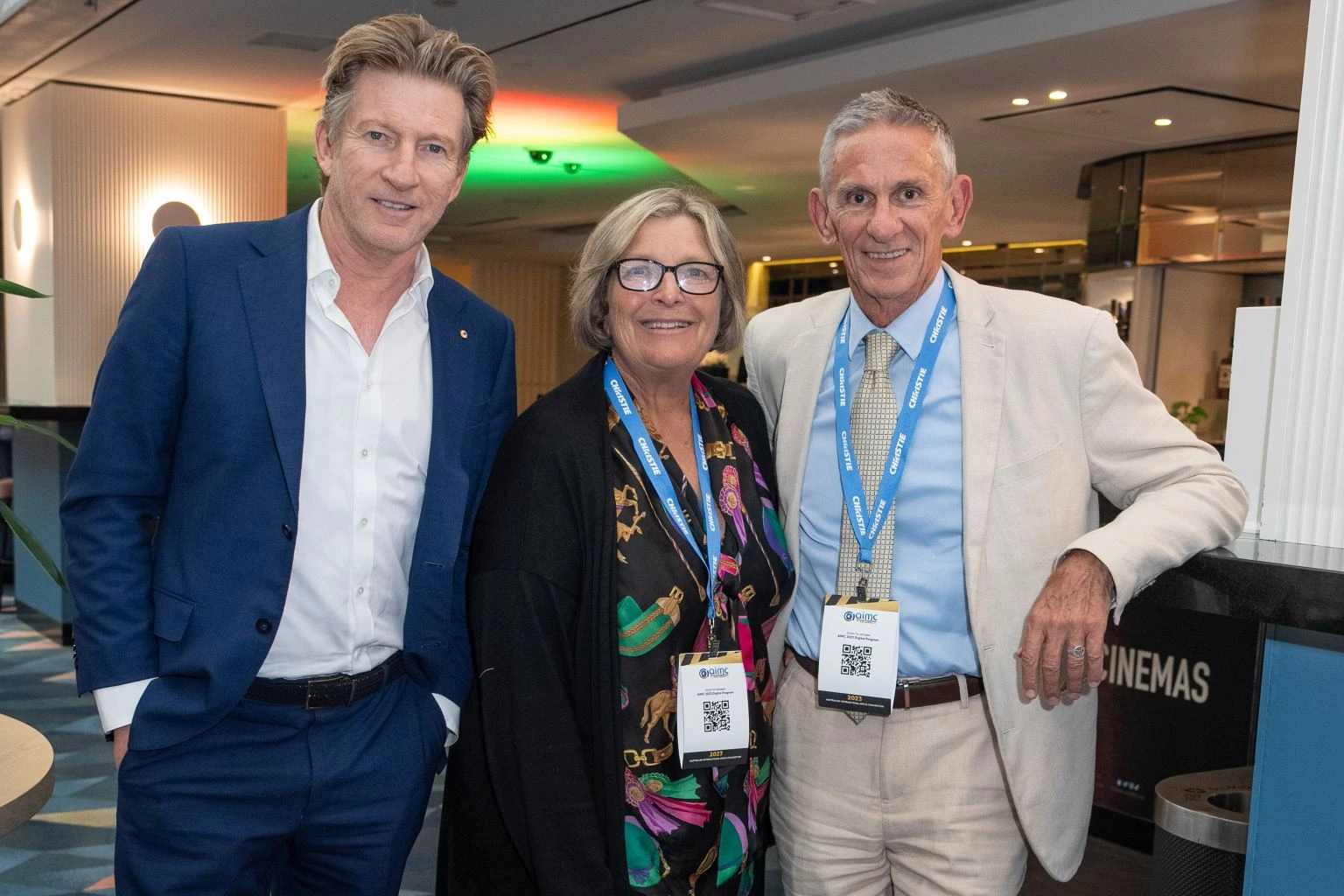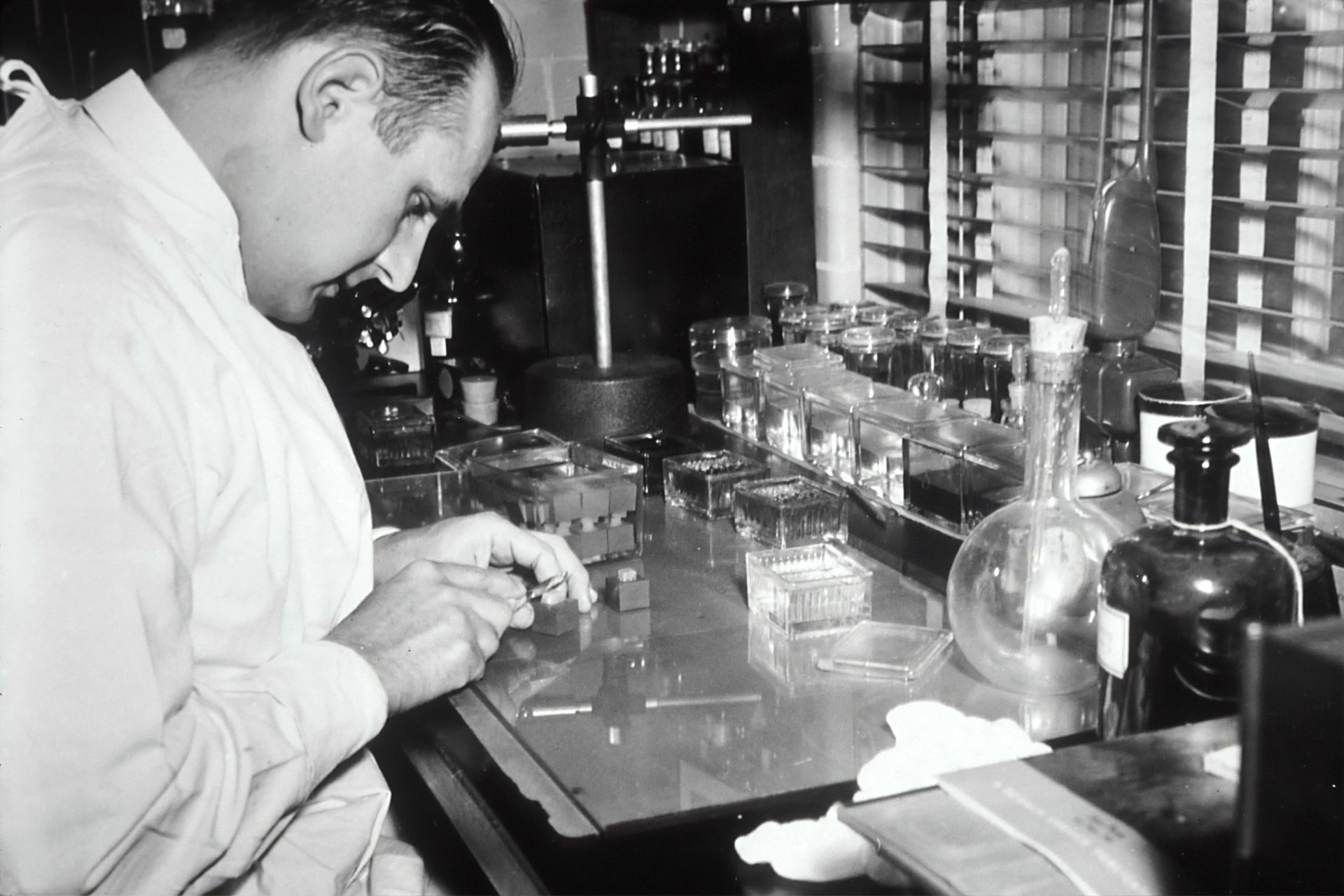Questions about racial inequality continue to simmer in the United States following last week’s decision of a Staten Island Grand Jury not to indict Officer Daniel Pantaleo to stand trial for the killing of Eric Garner earlier this year. It’s a decision which has even some of the country’s most staunchly conservative commentators, such as Fox News traditionalist Bill O’Reilly, scratching their heads in disbelief. Protesters in New York have taken up from where the citizens of Ferguson left off. But unlike the unsavoury shooting of Michael Brown in Missouri, which was shrouded in conflicting versions of events, the video evidence of Garner’s death was there for all to see. The deceased’s non-threatening behaviour was visible, his cries for help audible, and the excess use of force by the Officers, irrefutable. Upon examining the deceased’s body, the coroner labelled Eric Garner’s death a homicide, having regard to the fact that he died as a result of a violent attack. The video clearly shows the officer applying a rear chokehold, a manoeuvre banned by the NYPD in 1993. The evidence was damning. Or so we thought. On 3 December 2014, a Staten Island Grand Jury declined to indict the officer.
Picture: Clay Banks
Source: Unsplash
The US Grand Jury process involves a prosecutor working privately with a jury consisting of up to 25 individuals, to decide whether to indict a citizen on serious criminal charges. It is somewhat akin to the committal hearing process in our own criminal justice system, except it all occurs behind closed doors. In Queensland, a Magistrate sitting in open court determines whether there is sufficient evidence for a defendant to be tried. The threshold the evidence must reach is extremely low. It doesn’t require proof beyond reasonable doubt, or even on the balance of probabilities. A Magistrate must simply find there is some evidence on which a jury could potentially convict. The Grand Jury process sets the bar at least equally as low. It adopts the concept of “probable cause”, which is the same standard of proof required of US police officers to effect an arrest. The US Supreme Court has defined the concept of probable cause as essentially ‘a fair probability’. While judges have differed in interpreting that concept, it is considered by most to be somewhere below the balance of probability.
The Grand Jury didn’t need much to indict Daniel Pantaleo, the officer who applied the legal chokehold to Eric Garner. But they didn’t make the leap.
Perhaps understandably, the American public now wants to know why. The Grand Jury was privy to evidence the general public didn’t get to hear, but many of the more than 1,967,000 YouTube viewers who watched video footage of Eric Garner die, believe they heard and saw enough.
Officer Pantaleo’s Grand Jury testimony is still unknown. Through public comments from his lawyer, we have an idea of what his testimony entailed and certainly he appeared grief-stricken at the death of Garner. However some commentators have pointed to significant inconsistencies between the officer’s account (as described by his lawyer) and what appeared in the video. Questions have arisen over whether the prosecutor took the opportunity to properly interrogate the defendant on the credibility of his story, or preferred to treat Pantaleo’s self-serving version with ‘kid gloves’. Whilst ever the Grand Jury process is a secret one, the public will never know.
In the meantime, unrest amongst the African American community in particular continues to grow. Staten Island has long been considered a conservative bastion in a predominantly liberal city, and many are now wondering if the Eric Garner incident is evidence of a stubborn lingering of blind prejudice in American society. The outrage and anger of Trayvon Martin’s death in Florida in 2012, followed by the acquittal of George Zimmerman of manslaughter charges, and more recently the police shooting death of Michael Brown in Ferguson, and the death of Eric Garner, have raised serious questions that remain unanswered.
Lawyers know better than most that while criminal juries don’t get to know everything about the case before them, they know a lot more than those of us who just read about it in the newspapers. Trying to guess the Justice of any case by reading two columns in a newspaper, or watching a twenty-second grab on television, is a practice fraught with danger. But when Justice is open and observable, we get to take an informed view of the often complex nuances at play in determining guilt and innocence. What is happening in America right now demonstrates why courts should never be conducted behind closed doors.
The current Chief Justice of Queensland has proposed that court proceedings be streamed online for public viewing. The proposal cannot help but better inform Queenslanders of how the court system operates and how it serves Justice in this state. Ironically it’s an approach modelled on the US system, one that has brought televised criminal trials (as opposed to Grand Jury investigations) into the living room of all Americans. That nations’ current woes demonstrate the importance of ensuring the utmost transparency in any criminal justice system.
A lack of open justice threatens Justice itself.












